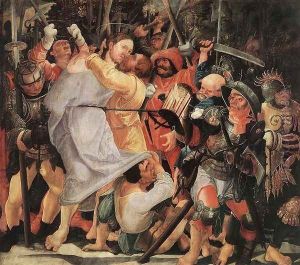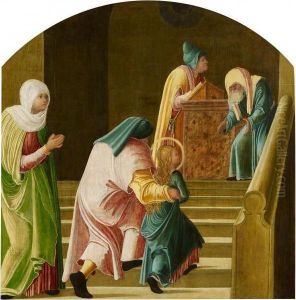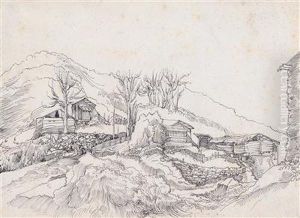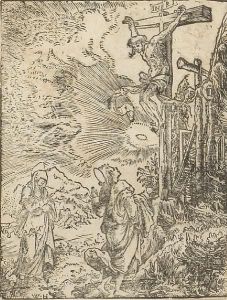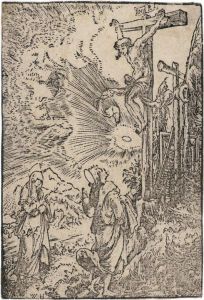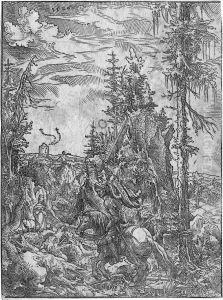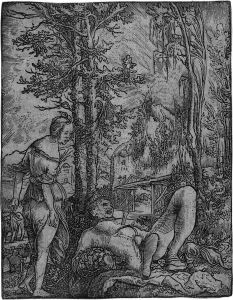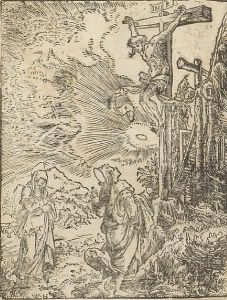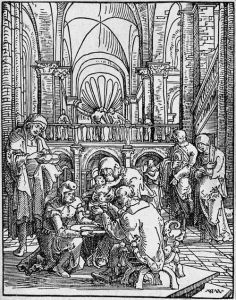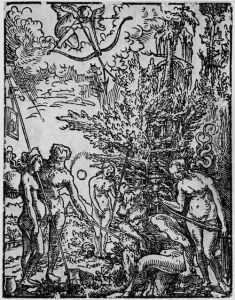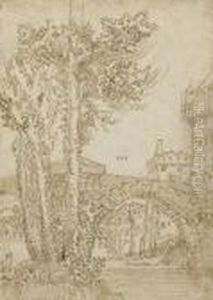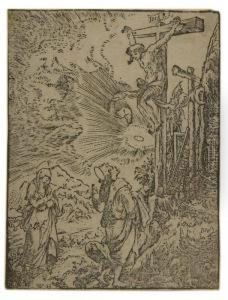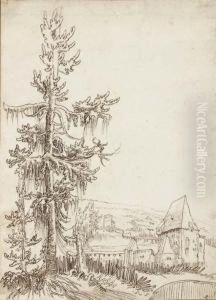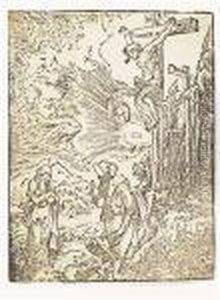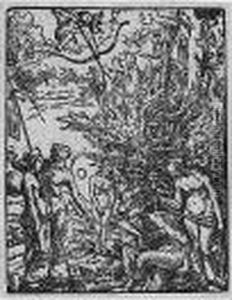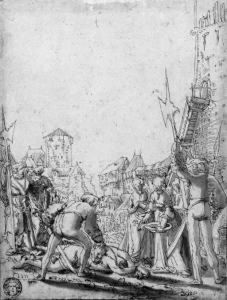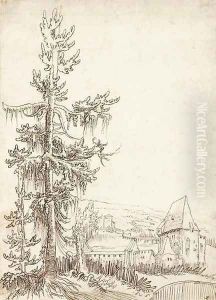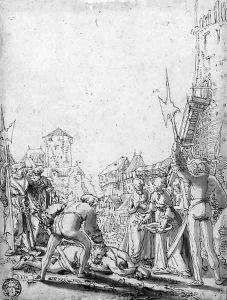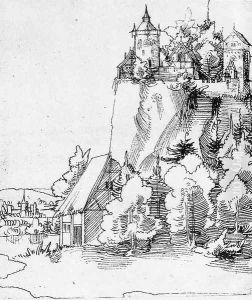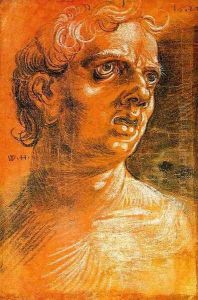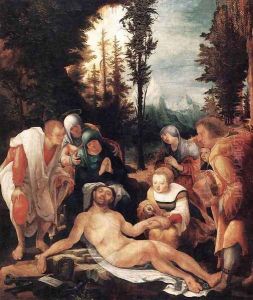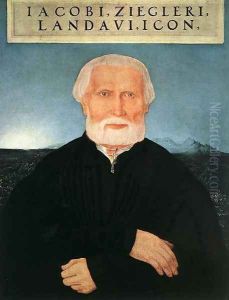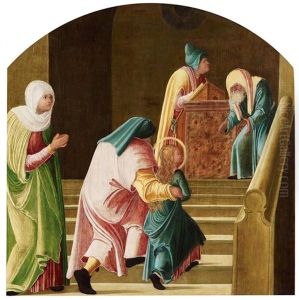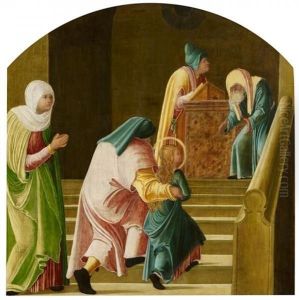Wolfgang Huber Paintings
Wolfgang Huber, also known as Wolf Huber, was an Austrian painter, printmaker, and architect, who was a leading member of the Danube School in the early 16th century. Born around 1485 in Feldkirch, a town in the western part of today's Austria, Huber's exact date of birth is not documented. He is believed to have been trained in the workshop of his father, who was a painter as well.
As a young man, Huber traveled to northern Italy, where he was influenced by the work of the Italian Renaissance, particularly by the Venetian artists. After his return to the Danube region, he settled in Passau, where he became a citizen in 1515 and later served as the court painter to the Prince-Bishop of Passau, Erhard von Ehrenfels. His role as court painter significantly influenced the artistic direction in the region.
Huber's work is characterized by its combination of Northern European and Italian Renaissance styles. He is known for his landscape paintings, which often feature religious or mythological scenes set against detailed and atmospheric natural settings. These landscapes were innovative for their time and contributed to the development of the landscape genre in Northern Renaissance art.
His most notable works include altarpieces, such as the St. Anne Altarpiece in the parish church of Sankt Wolfgang im Salzkammergut and the Passau Altarpiece. He also produced a number of drawings and engravings, which were widely distributed and influenced other artists in the region.
Wolf Huber's contribution to the Danube School was significant, and his works are considered an important link between the Gothic and Renaissance periods in Northern European art. Despite his influence, many details of his life remain unclear, and only a limited number of his works have been preserved.
Huber died in 1553 in Passau. His legacy lived on through the works he left behind, which continue to be studied and admired for their unique combination of regional and Italianate elements, as well as for their pioneering approach to landscape painting.
